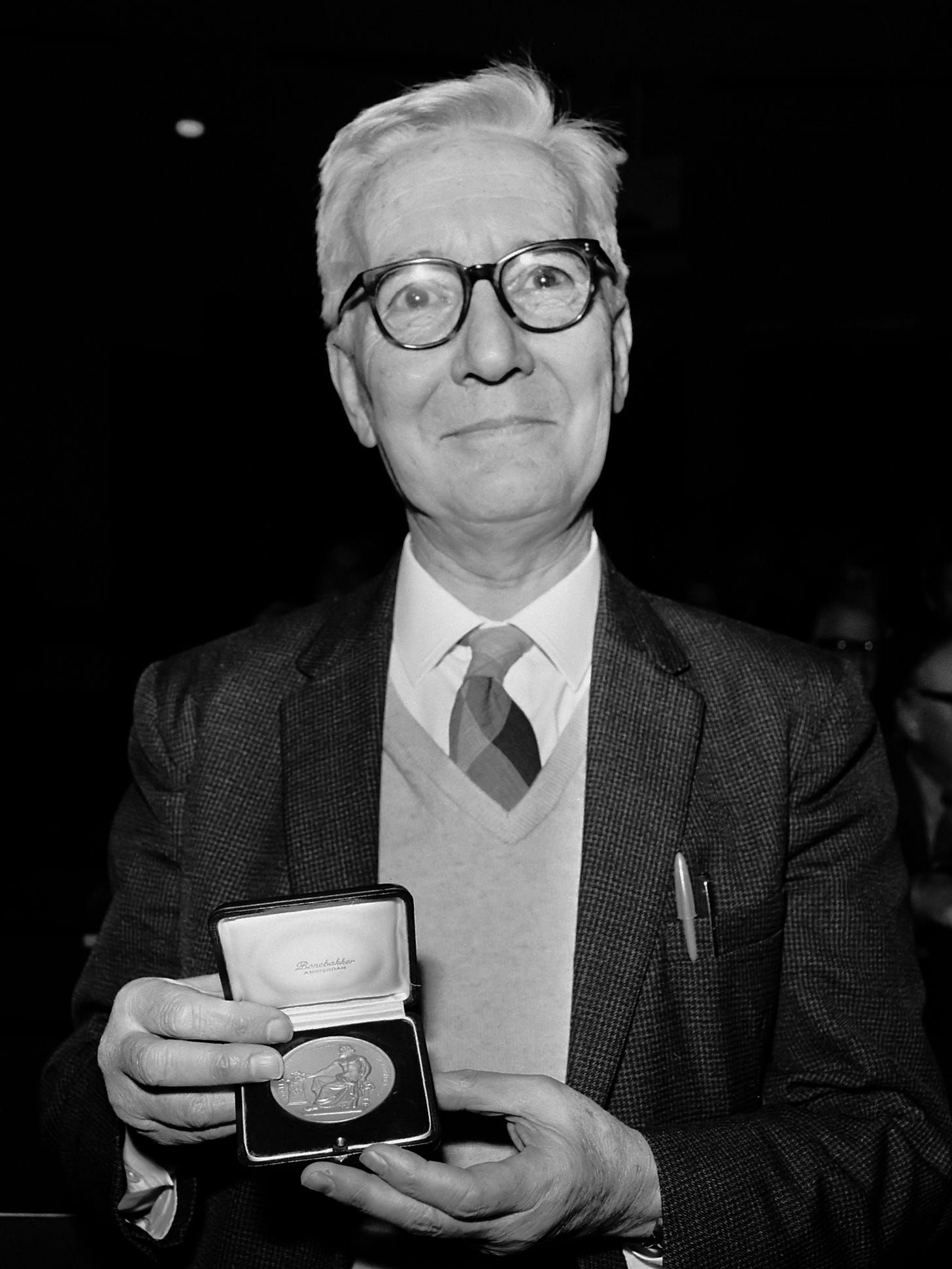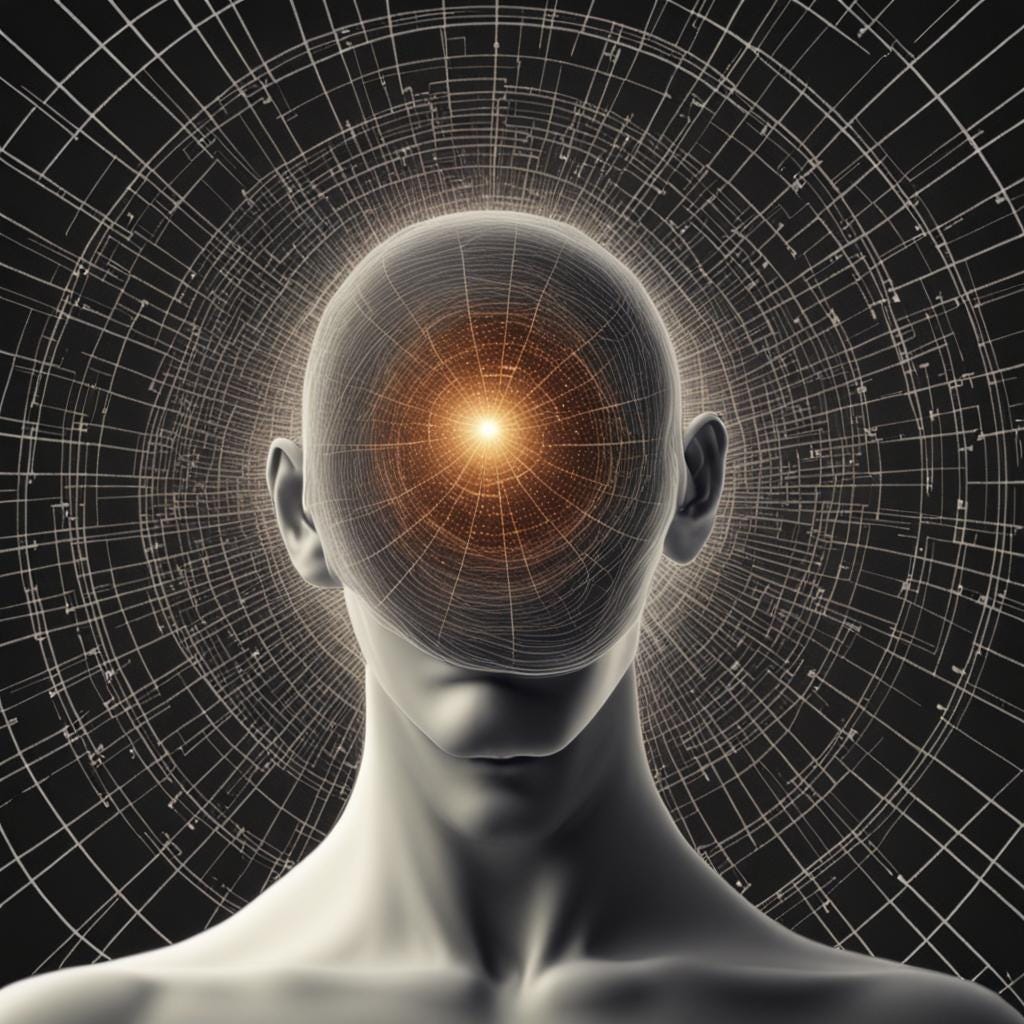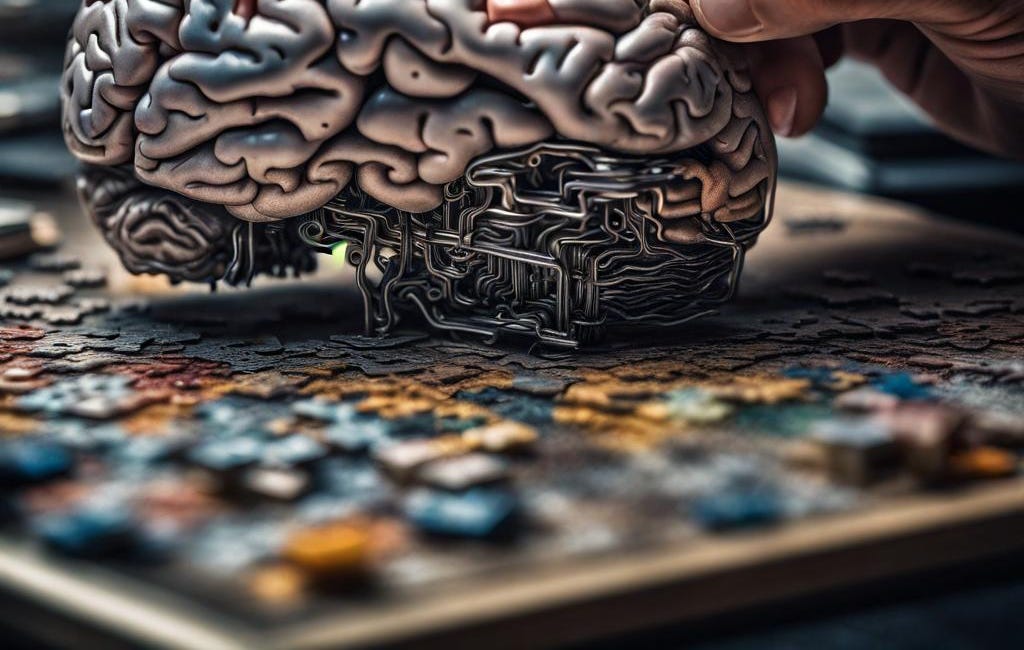Tinbergen’s Four Questions
Unraveling the 'How' and 'Why' of Human Behavior
An interdisciplinary, systems-based approach is needed to comprehend the complexity of human intelligence. Nicolaas Tinbergen, often considered the “father of ethology” along with Konrad Lorenz, explored the different levels of analysis of a system. Tinbergen’s four questions provides a framework for studying complex behaviors and traits. In 1963, he proposed analyzing behaviors through four complementary perspectives:
Function - What is it for?
Causation - How does it work?
Development - How did it develop during the lifetime of the individual?
Evolution - How did it evolve over the history of the species?
Tinbergen’s four questions can be understood in this scaffolding:
Tinbergen spent his career studying innate and learned behaviors and traits of animals. Though his lifetime he helped establish animal behavior as a scientific field. Since humans are animals, his cornerstones of ethology and sociobiology apply to us. In fact, much of Tinbergen’s later work did just that.
The importance of this framework is the recognition that no single level of analysis can fully explain phenomena such as intelligence. Applying this integrative approach to human cognition can provide a more complete scientific understanding of how our minds evolved.

Proximate vs. Ultimate Causes
The distinction between proximate and ultimate causes is a key concept needed to understand behavior and intelligence.
Proximate cause refers to the immediate, physical mechanisms that underlie a behavior or trait. It seeks to explain the “how” by looking at the biological structures, mechanisms, and stimuli involved. Proximate explanations operate on the level of the individual organism.
Ultimate cause refers to the evolutionary, historical, and functional reasons behind a behavior or trait. It seeks to explain the “Why” by understanding how a trait optimizes for survival or reproductive fitness and the origins and selective pressures that shaped a behavior over generations. Ultimate explanations operate on the population or species level.
Proximate causes deal with the "how" while ultimate causes deal with the bigger picture "why" behind behaviors and traits. By examining both proximate and ultimate causes, Tinbergen’s framework aligns with the interdisciplinary, system-based approach needed to piece together the evolution of human intelligence.

The other key distinction made is between static and dynamic. Static is focused on the present moment in time. This perspective examines the immediate mechanistic operation and the functional adaptation of a trait in this given moment. Dynamic view is focused on changes over time. Dynamic lens looks at the developmental progression of a trait over an organism’s lifetime and the evolutionary trajectory across a species’ history.
The four questions that must be asked are of causation, development, evolution, and adaptation. These four analytic levels lead to the existence of at least four answers to any question regarding a behavior or trait. Tinbergen stressed that an explanation at one level of analysis should complement rather than compete with theories at another level. He further explains that all aspects of behavior have to be understood before we can understand any of them completely (Tinbergen, p. 430).
Proximate
Causation
When asking about causation you are questioning the mechanisms at play that are controlling how an organism’s structures work:
What are the stimuli that elicit the response?
How have the biological processes been modified by recent events?
Specific question of causation for intelligence and cognition are thought provoking:
What neurotransmitters and neural pathways are involved in memory formation and recall?
How do molecular, cellular and systemic processes produce cognitive functions?
What do the relations between these levels look like?
Many of the physical sciences, namely biology and neuroscience, hope their work leads to a full understanding of the biological processes underlying the actions of the body and brain. This mechanistic explanation of how an organism’s structures work is considered a proximate view because it is observing the current, static form of the trait (Tinbergen).
Development
Questions about the development of how the behavior changes with age and what early experiences are necessary for that behavior to be shown must be asked. The questions around development are focused around the changes within an individual organism’s lifetime. The main question for development is:
How has the behavior developed during the lifetime of the individual?
How has the trait developed from its DNA coding to its current form?
Questions of development are particularly interesting when applied to the mind, intelligence and consciousness. For example,
What factors affect the development of awareness, thinking and consciousness?
What is the developmental trajectory of intellectual capabilities?
How do cognitive capabilities like language acquisition unfold over childhood?
What environmental inputs shape this progression?
The developmental lens examines how the interaction of genetic programming and environmental exposure shape the emergence of key cognitive capacities over a human’s lifespan.
Ultimate
Causation and development can help explain the proximate causes for a behavior and the “How?”, but the ultimate causes must be addressed to understand the “Why?”
Adaptation
Questions about adaptation focus on the function or purpose the trait or behavior serves.
Why does the animal perform this behavior?
How does it help the animal survive and reproduce?
In regards to cognition and consciousness, we can ask:
What is the adaptive value of being conscious?
How has intelligence provided an advantage in terms of survival in our species’ history?
Has intelligence advanced to deal with increasingly complex social dynamics, tool use and problem solving?
How can self-awareness and consciousness improve fitness?
Applying Tinbergen’s question of adaptation examines how intelligence aids in survival and reproduction.

Evolution
When asking about evolution the examination focuses on the origins and progression of behaviors over generations on an evolutionary timescale.
Evolutionary questions such as how the trait has developed through time to its current form must be explored.
What selective pressures and environmental conditions may have driven the evolution of the trait in the species?
What were the evolutionary lineages that gave rise to this trait?
How did the trait or behavior emerge and evolve over generations?
Specific evolutionary questions regarding human intelligence and cognition include:
Can we trace the evolutionary precursors of human intelligence in our primate ancestors?
What selective pressures may have led to increases in brain size, working memory, abstraction over human evolution?
How might factors like tool use, language, and culture have interacted with genes to shape the evolution of cognition?
What changes in brain structure and function emerged that enabled complex thought?
Does evolutionary theory inform our understanding of the origins of consciousness?
Examining the phylogeny of intelligence and mapping changes over generations provides an evolutionary perspective on cognition distinct from, but complementary to, proximate analyses. Both are needed for a comprehensive understanding.
An understanding of both proximate and ultimate causes through both a static and dynamic lens is necessary for a complete explanation of intelligence and consciousness. This multi-faceted approach allows us to appreciate the intricate interplay between intelligence, adaptation, environment and time on both the individual and species-level. This is the type of framework that allows us to begin our investigation of intelligence.
Introduction to Evolution of Intelligence
Our massive, intricate brains and all of its capabilities are what make us uniquely human and intelligent. Understanding how we learn, how we perceive and the evolution of these behaviors gives us a greater understanding of who we are. Incredibly, the network of billions upon billions of neurons in the brain gives rise to the mind, our thoughts and our …

References
Tinbergen, N. (1963). On aims and methods of ethology. Journal of Animal Psychology. University of Oxford. 20: 410-433.
Nikolaas Tinbergen. The Nobel Prize in Physiology or Medicine 1973. Accessed here: https://www.nobelprize.org/prizes/medicine/1973/tinbergen/facts/



